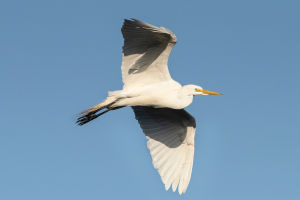Compared with other areas, there is not much life in the desert, but if you look closely, you will find that there are many animals hidden in the desert, especially the animals that come out at night.
The desert in the sand sea brings mysterious beauty and dangerous atmosphere, and the camel, known as the "boat of the desert", also lives here.
There are two kinds of camels: those with 1 hump are called dromedaries. A camel with two humps is called a Bactrian camel. Bactrian camels are mainly found in Asia and the cooler surrounding regions.
The role of the camel.
1. Ride.
Camels are the main riding tool in desert and semi-desert areas, especially in desert areas. They are also widely used in desert surveys and other work.
Although the camel is not good at running, its long legs, large and brisk stride, strong endurance, and the special structure of its hooves make it suitable as an important means of transportation in the desert.
Bactrian camels can travel 10 to 15 kilometers per hour on short rides, and 30 to 35 kilometers per day on long rides.
2. Pack and transport.
When transporting supplies in deserts, Gobi, hydrochloric acid fields, mountains and grasslands with deep snow cover, other means of transport are often difficult to play, and camels are the most important pack animals in these areas.
Even when the weather is bad and the supply of water plants is low, the camels can still be transported.
In general, a bactrian camel's pack weighs about 33.8% to 43.1% of its body weight, or 100 to 200 kilograms.
In desert recreation projects, camel riding is one of the essential experience projects.
1. Different from horseback riding, the horse is standing and can be ridden directly, while the camel is recumbent. When riding a camel, you must ride on the last camel.
Everyone rode up, the first camel got up, the camel behind watched the camel in front get up, and the camel behind got up too. that's it.
2. When getting on and off the camel, be sure to get up and down from the left side, and try not to make big movements.
After riding the camel, support the camel, step on the camel stirrup, do not shout, try not to hold things in your hands.
3. Don't yell in front of the camel, although the camel is a very docile animal, but yelling may scare the camel, thinking that you are not docile to it, and will also be unfriendly.
4. Don't use your mobile phone to take pictures of the camel for a long time, and pay special attention not to turn on the flash, which may scare the camel.
5. Tourists with heart disease, high blood pressure and fear of heights should not ride camels.
In the vast desert, you can feel the majesty and magic of the desert with camels.


